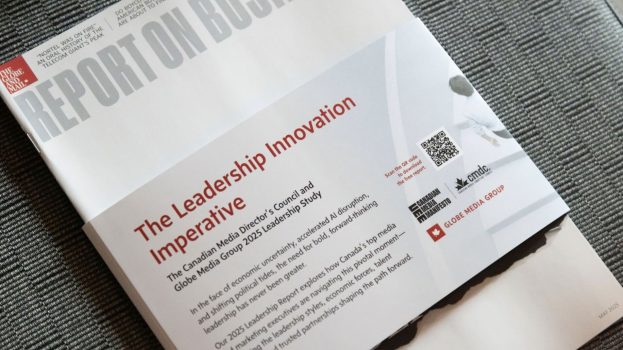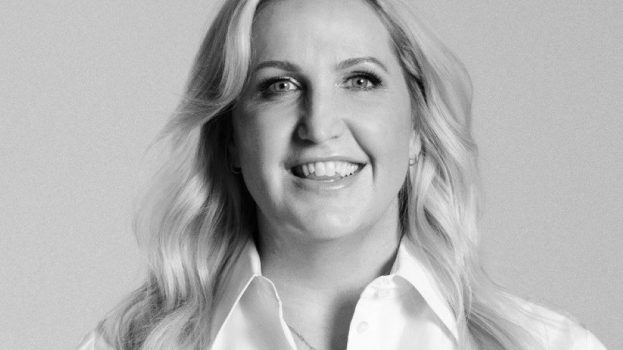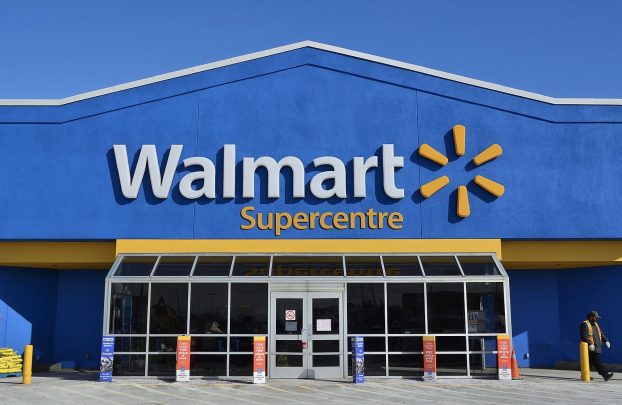Nielsen Marketing Research’s HomeScan consumer purchase tracking program now has 32 weeks of live data available for anyone who wants to pay for it.
And plenty do; but none of them want to talk about how they use it.
Doug Romain, HomeScan’s vice-president, says it’s not surprising his clients are reluctant to go public since using the tracking service is a competitive advantage.
HomeScan began June 26 last year as a service for manufacturers and others wanting to know who was buying what, when, where and how frequently.
Romain says Nielsen’s customers are responsible for the start of HomeScan.
Although Nielsen offered them a 2,000 household national panel of consumers in Toronto, Montreal and Calgary, they wanted more.
Specifically, says Romain, his clients wanted information that was gathered at all retail outlets rather than just some, as was the case with the 2,000 household panel.
HomeScan works by having consumers scan the universal product codes found on their purchases.
Romain says 7,250 households across the country have hand-held Telxon scanners. The smallest number of HomeScan panel members – 800 – are found in Atlantic Canada, the least populous region of the country.
Romain says there are more than 2,000 Telxon scanners in Ontario and 1,975 in Quebec. The rest of the scanners, are in households in b.c. and the Prairies.
Romain says there’s no real statistical relevance to having 7,250 households reporting to HomeScan, but it is large enough to ensure sample size does not become an issue.
Nielsen uses Statistics Canada data to ensure the HomeScan panel is sufficiently representative of all Canadians, says Romain.
He says Nielsen found its HomeScan panel members by sending out a mailing to 860,000 households.
From this number, Nielsen selected 40,000 to ensure it had enough consumers to draw from to make up its 7,250 households.
Churn, a problem every market researcher has had to face at some time, isn’t a problem with HomeScan, says Romain.
Although there’s been some churn since the panel got under way last summer, the Nielsen executive says it’s ‘very low’ month-to-month and about 10% a year.
Having consumers scan their purchases isn’t new, although the practice in Canada is still a babe in arms.
There’s at least one panel in the u.s., 40,000 households strong, that scans weekly purchases and transmits its reports to an office computer.
And one of Nielsen’s prime competitors, Information Resources, issues cards to its tracking panel members to capture purchase information.
At the retail checkout, the panel member hands his or her Information Resources card to the cashier who creates a separate file to capture from the products’ upcs what the consumer has bought. This information is then transmitted to an Information Resources computer.
Romain says despite appearances, there are differences between the two services.
According to Nielsen, manufacturers and retailers can use HomeScan to assess basic consumer behavior, obtain custom analysis and explore trade issues.
Under the first category, Nielsen says users can examine penetration, buying rates and purchase cycles for established brands. For new products there is trial, repeat purchase and forecasting.
For those who want custom analysis, says Nielsen, there is data on buyer segments, heavy or light buyers, brand switching, source of buyers, source of volume, buyer flow, demographics, lifestyle segmentation and cross purchasing.
Under the trade issues category HomeScan is good for outlet loyalty, shopping expenditure studies, retailer review, key account tracking and category management.
Romain says distribution is also a key difference between collected upc data and HomeScan. He says with HomeScan, drug or grocery purchases made anywhere can be collected.
With 32 weeks of live data available, Romain says Nielsen is starting to get into a number of data-based areas that were not entirely foreseen.
For example, he says, where people make their purchases is emerging as an area of interest, as is the importance of price clubs.
HomeScan panel members transmit their scanned data once a week, using an acoustic coupler attached to the mouthpiece of the consumer’s phone, says Romain. Voice-activated prompts during transmission tell the consumer if the data has been received and ensure its integrity, says Romain.
To maintain their enthusiasm, consumers are rewarded with points they can redeem for gifts from the Nielsen catalogue used for such purposes.
A further incentive, he adds, are periodic draws for gifts.
Some of Nielsen’s HomeScan customers get full access to what the program collects and analyzes, says Romain.
Other companies use HomeScan ad hoc.
Generally, he continues, Nielsen delivers its HomeScan reports every quarter either in hard copy or electronically.
Romain says it’s tough to say how much HomeScan can cost since price depends on what the client wants, but it generally ranges from $5,000 to $60,000 a category.























